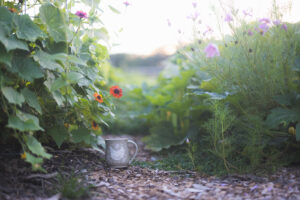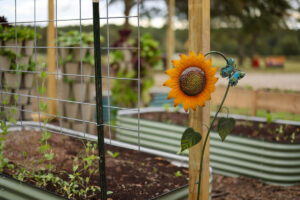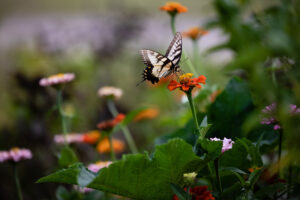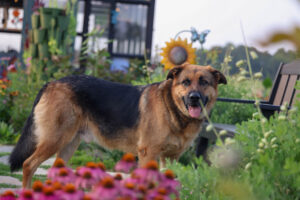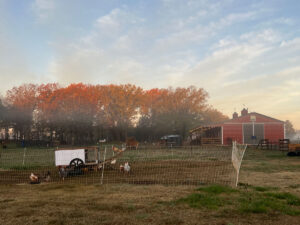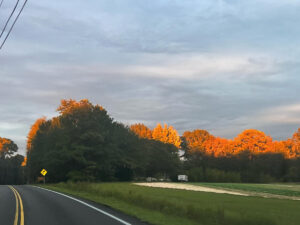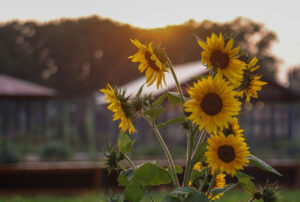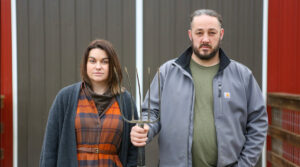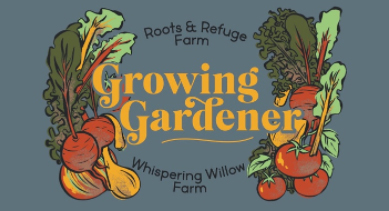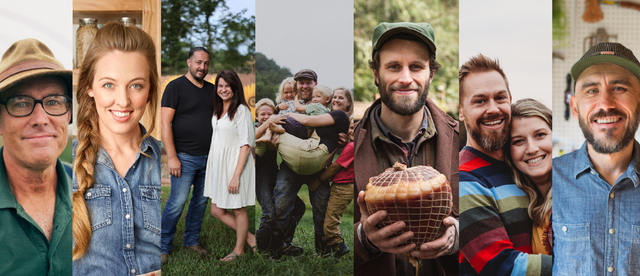If you know people in your life who want to learn to garden, it's so helpful to be able to teach them. Knowing what they need to know, what they don't need to know, and giving them just the right amount of information to keep them from getting too overwhelmed.
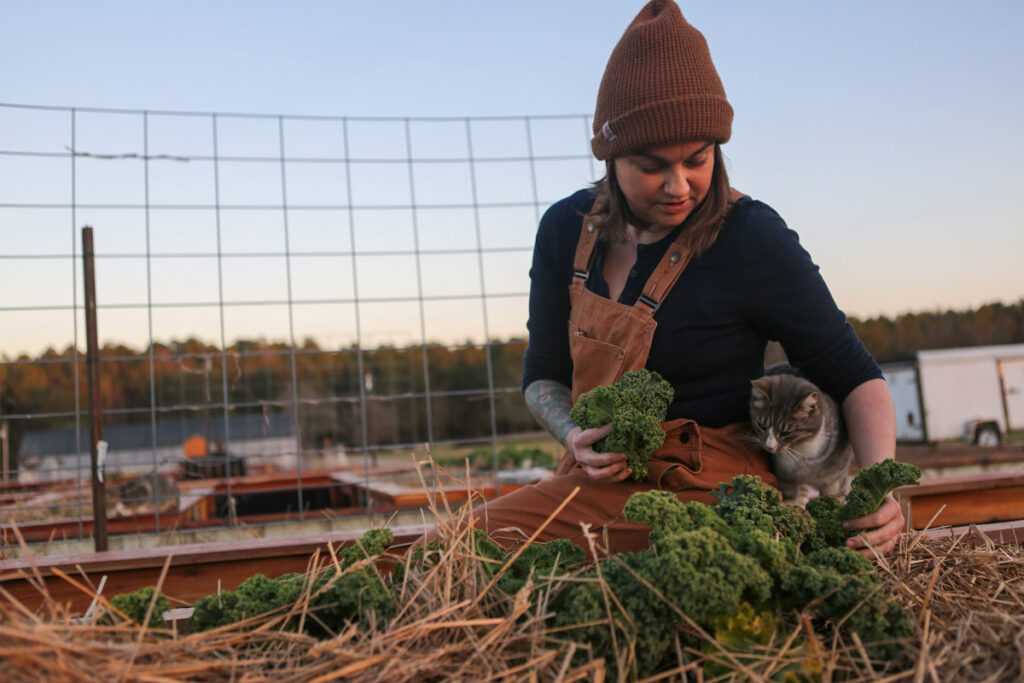
I can't believe I have never made a video on this topic before, after 1200+ videos, it's amazing I've never covered how to teach gardening to beginners.
If you're a new gardener yourself, you're still in the right place! You don't need to be an expert to teach something. Just because you haven't been doing something for long, doesn't mean you don't have something to teach.
Whenever I talk with people who want to get into gardening, or those who are just getting started, there are a few things I always mention. In this blog post and video, I'm sharing them with you!
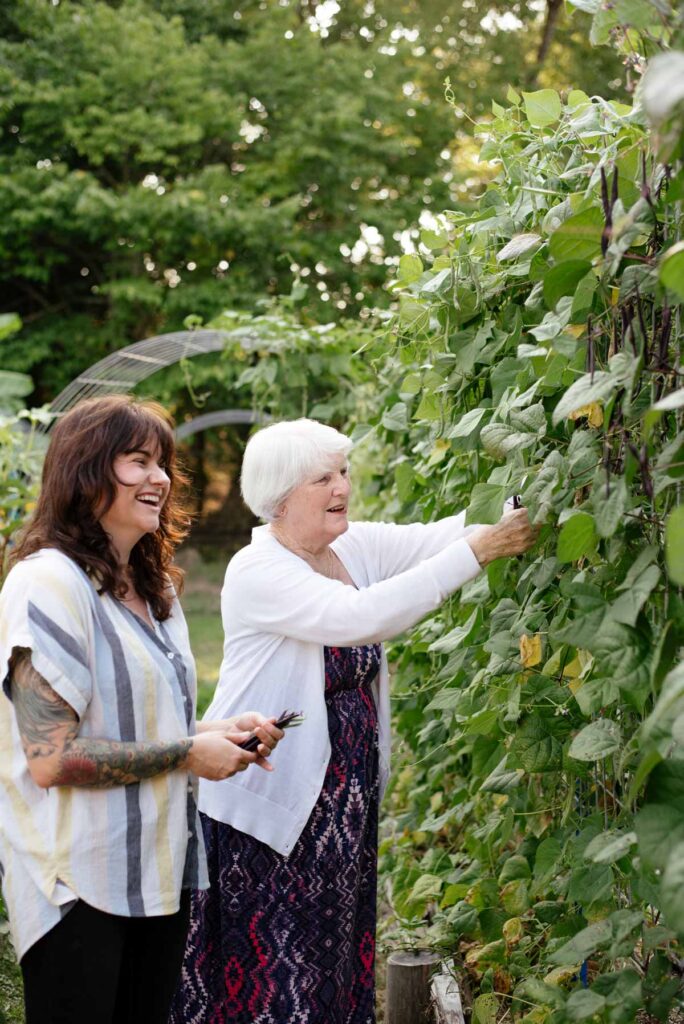
Create Community
If you're not sure how to start sharing your love of gardening with others, consider some of these options:
- Garden Centers – Many locally-owned garden centers will let you come to their store and hold a class, right there!
- Local Library – Ask your local library if you can teach a class there.
- Church – Reach out to your pastor and see if you can start up a garden club through your church.
- Social Media – Connect with other local people through social media groups.
Be Encouraging
The thing people need to be successful in gardening is to be honest with themselves. I struggled with gardening for years because I'm very forgetful. I would forget to water my seedlings or check on them each day, so I learned how to set alarms to remind myself to tend to the garden.
Written Materials
Many people learn best by reading (not all, but many) so having some kind of written material when teaching someone how to garden is ideal. It could simply be a seed starting calendar, or a chart that shows them how to calculate first and last frost dates, then know when to plant from that information.
Perhaps finding a good book to help you teach what you know so you can stay organized with your thoughts. If you didn't know, I wrote a book called The First Time Gardener that would be a fantastic accompaniment to a gardening class.
You don't necessarily need to go out and write your own curriculum, or your own gardening book, but just having something to hand out to those you're teaching is a good idea.
A lot of times what the teacher needs is confidence in what they're teaching. Having a book to use to teach from is a great way to gain that confidence.
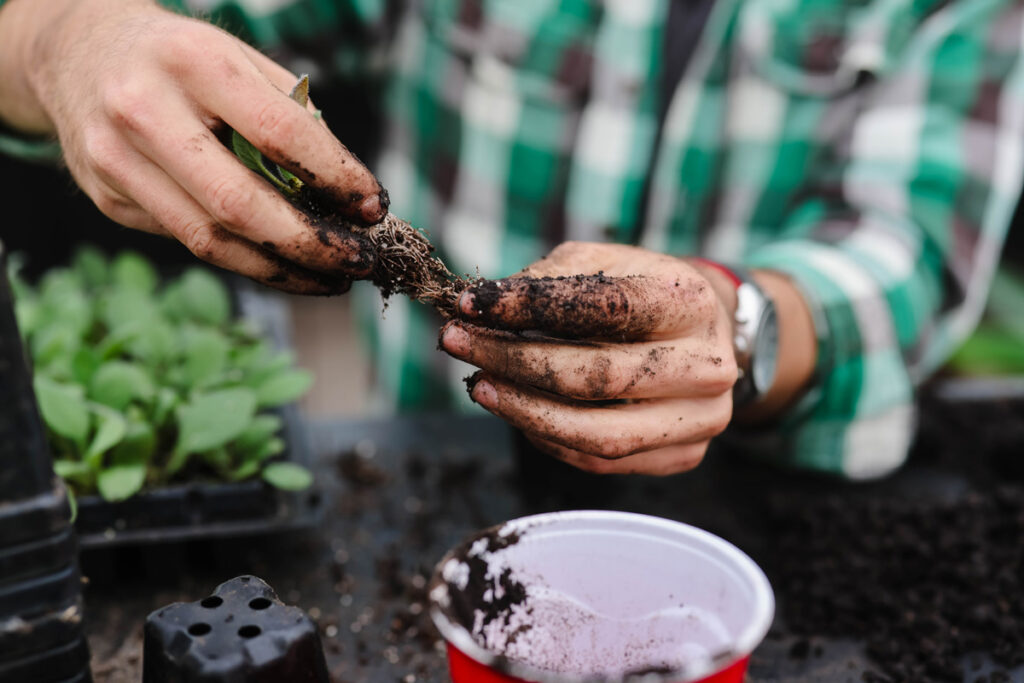
Lessons for the New Gardener
It can be helpful to break up the information when teaching someone who's just beginning into individual lessons. Some ideas are below.
Prepare People to Fail
We need to give people permission to fail. Failure is valuable when it comes to gardening. I like to say, “Fail forward”, meaning use those failures to learn from.
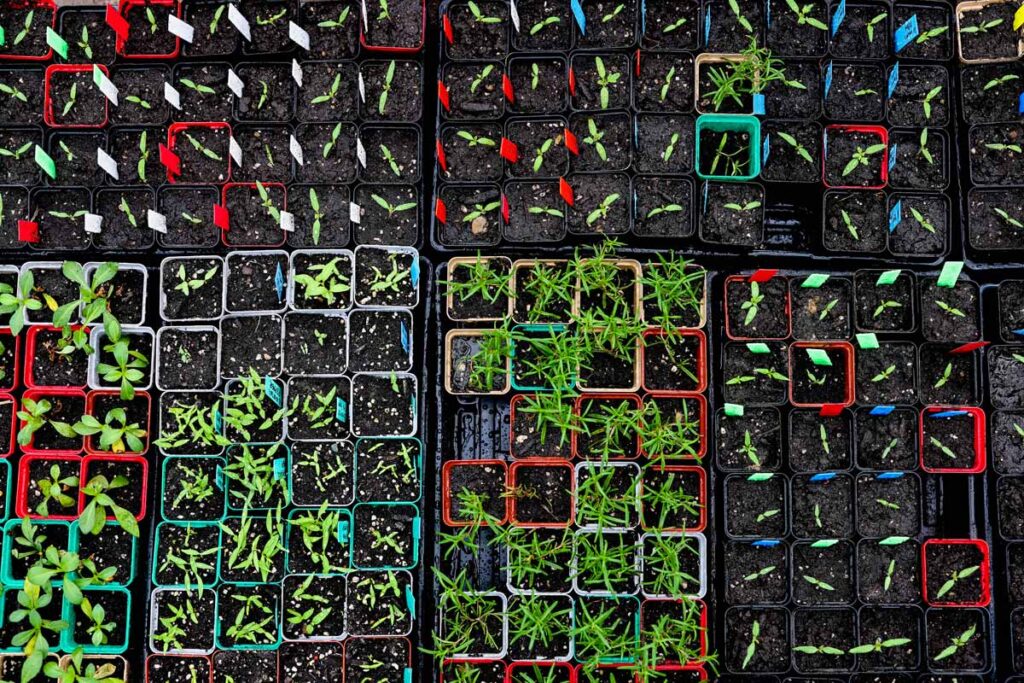
Seeds Want to Grow
The wonderful thing about gardening is that it's a process that's natural. Seeds want to grow. All we really need to do is partner with things and give them what they need when they need it and they'll do the rest.
It's been so encouraging over the years for me to realize how much plants want to grow and produce. I see it all the time after feeding my pigs scraps from the garden, then the plants will grow from the seeds the pigs poop out.
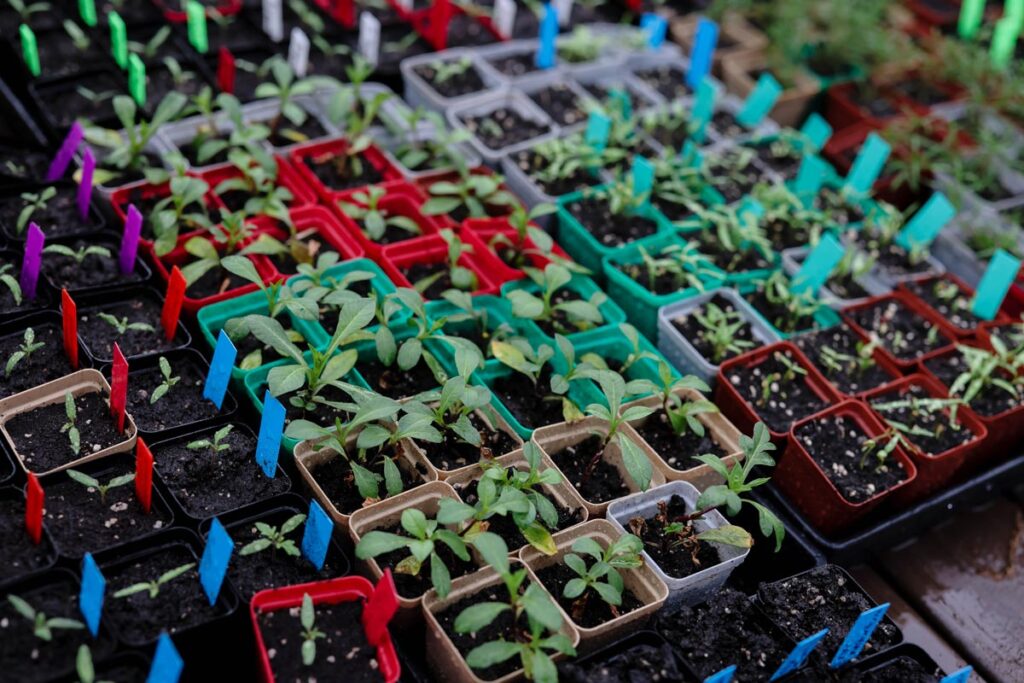
What Plants Need to Thrive
Knowing what plants need to thrive is the number one lesson new gardeners need to know. There's a lot of confusion when it comes to sunlight, water needs, soil needs
- Sunlight: Plants need full sun (6-8 hours of sunlight). Some plants prefer partial shade, while others love full sun.
- Water: Most people kill their plants by overwatering them rather than underwatering. So knowing how to tell if your soil is in need of water or not is crucial. My general rule of thumb is to stick a finger down into the soil and if it's dry all the way to the second knuckle, it's time to water. If the soil is damp above that, then you don't need to water. It's also important to understand that we're watering the soil, not the plant and the leaves. The plant will absorb the water from its roots in the soil. It's less about “how often do I water,” and more about learning how to read your soil. The water needs will change throughout the year so this is the best way to know if your plants need water.
- Nutrition: Healthy soil grows healthy plants. Plants need some kind of organic matter in the soil to get their nutrition. You can learn how to do a soil test to know what your soil needs, and this is important to understand. Feeding, amending and nurturing your soil is the key to healthy plants. You can go very deep into learning about soil, knowing the best soil for raised garden beds, how to make compost tea, and creating a compost pile… I could go on and on about all someone can learn, but being able to pick up a handful of soil and knowing if it is sandy, full of clay, or well-draining is all a great place to start.
- Proper Temperatures: Knowing whether plants are frost tender or frost hardy is a good thing to know. Just because you see plant starts at your local stores, doesn't mean it's safe to plant that out in the garden. Seeds need the soil to be warm enough to germinate, and the plants need proper temperatures to grow well. If the temperature gets too far outside the plant's range, it won't thrive.
- Frost Dates: Get out a paper calendar and print out multiple months. If you show people how to find their first and last frost date, mark it on the calendar, then teach them how to read the seed packet and count back the weeks to know when to plant. Having them do this themselves will go a long way in giving them the tools they need to take that information and how to apply it when they get home.
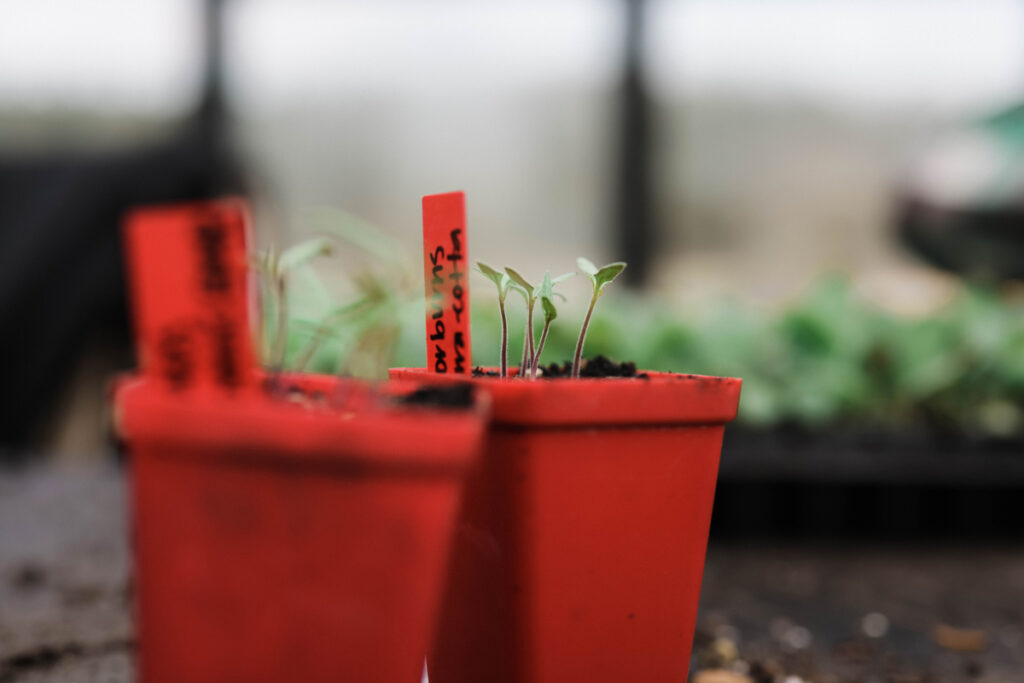
Seed Starting
Starting seeds indoors is not necessary to grow a garden. But I also think a seed starting class is one of the best ways to teach new gardeners. If you have hands-on experience starting seeds, you're well on your way to teaching them everything a plant needs to thrive.
So I highly recommend bringing supplies with you and actually having hands-on time where you plant and start seeds together, pointing out the needs of the plants.
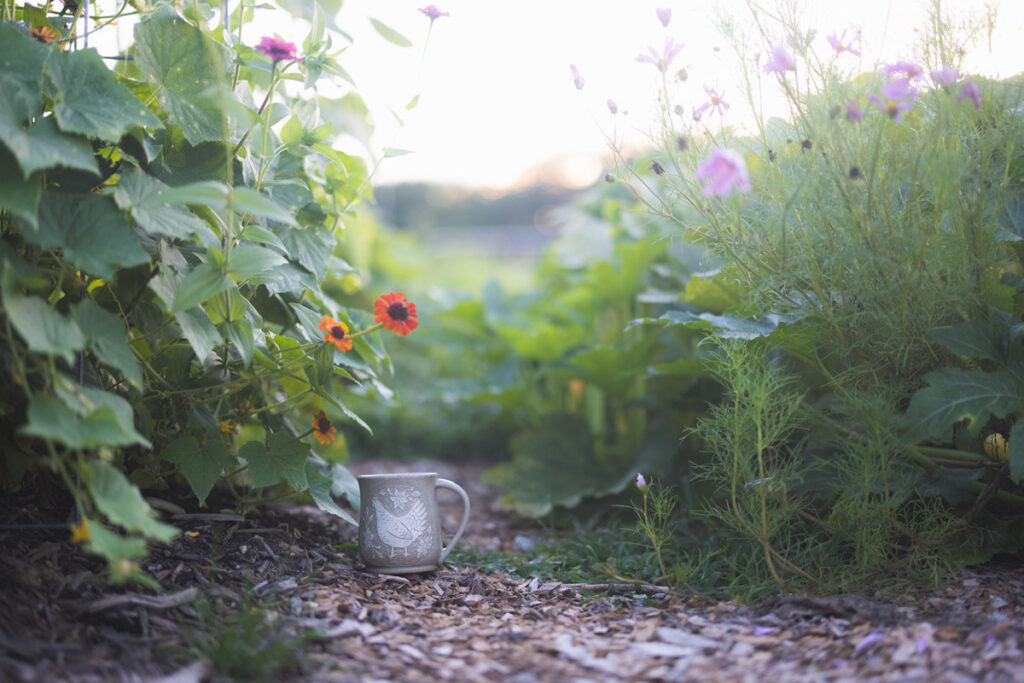
Mulching
Once people are confident in knowing how to start and grow seeds, mulching is one of the next tips I share with them.
Adding mulch helps in a number of ways; it prevents moisture from evaporating quickly, keeps the soil temperature warm, can feed the soil as the mulch breaks down, and can suppress weeds, which can eventually compete with plant growth.
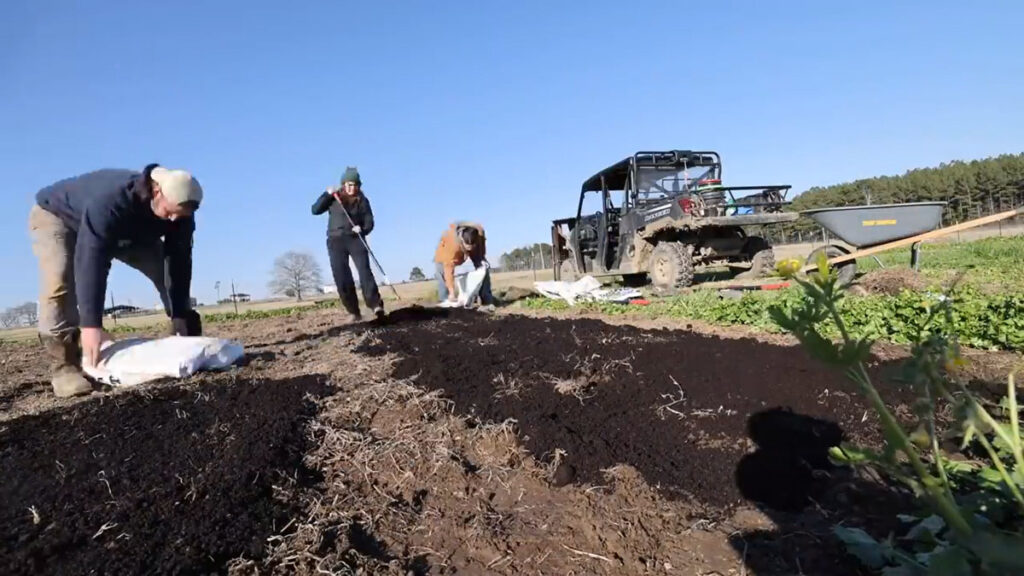
Site Prep
Getting your garden ready to thrive is one of the very first steps before planting seeds or seedlings.
Teach people that they don't want to create a garden in low spots of their property because it won't drain well and will hold too much water. They also don't want to plant under large maple or oak trees because as those leaves grow throughout the summer, it will shade the garden and there won't be enough sunlight.
Going back to the lesson on what seeds need to grow and that's nutrition. So knowing what kind of soil you're starting with will give you a better start to your garden.
More Gardening Tips You May Like
- How to Direct Sow Carrot Seeds
- Garden Planning Basics (How to Plan Your Garden)
- My Seed Shopping Method
- All About Pollination For Seed Saving
- A Complete Guide to Seed Saving
- Growing A Garden From Grocery Store Food
- How to Build a Raised Garden Bed (On a Budget)
- $7 Kiddie Pool Raised Garden Bed (& Other Cheap Container Garden Ideas)
- How to Build a Garden Arch Trellis or Garden Arbor (for $30!)


